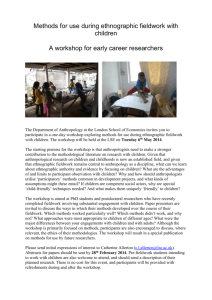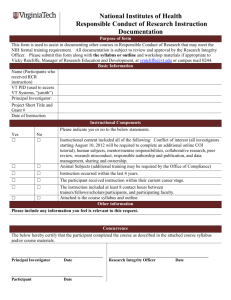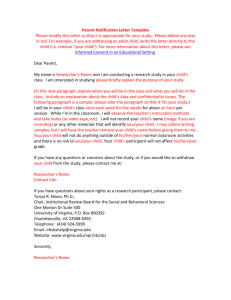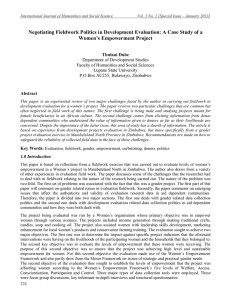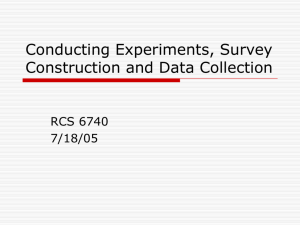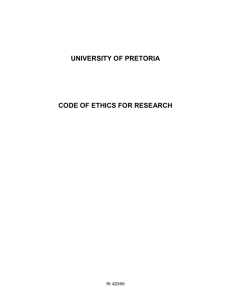generic risk assessment template (Office document, 61kB)
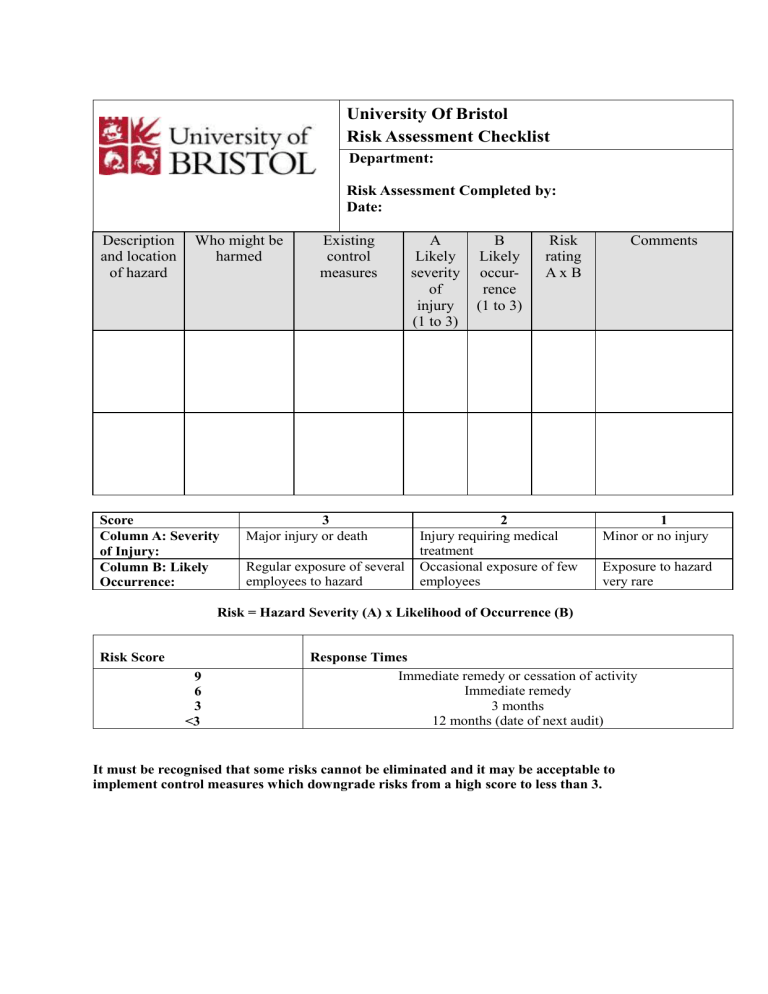
University Of Bristol
Risk Assessment Checklist
Description and location of hazard
Who might be harmed
Department:
Risk Assessment Completed by:
Date:
Existing control measures
A
Likely severity of injury
(1 to 3)
B
Likely occurrence
(1 to 3)
Risk rating
A x B
Score
Column A: Severity of Injury:
3
Major injury or death
2
Injury requiring medical treatment
Column B: Likely
Occurrence:
Regular exposure of several employees to hazard
Occasional exposure of few employees
Risk = Hazard Severity (A) x Likelihood of Occurrence (B)
Comments
1
Minor or no injury
Exposure to hazard very rare
Risk Score Response Times
9
6
3
<3
Immediate remedy or cessation of activity
Immediate remedy
3 months
12 months (date of next audit)
It must be recognised that some risks cannot be eliminated and it may be acceptable to implement control measures which downgrade risks from a high score to less than 3.
Undertaking fieldwork
Guidance for Completing a Risk Assessment
Researchers should ensure they take appropriate precautions to minimise risks in undertaking an interview and ensure that help is available at a level and timeliness that is appropriate to the risk. Before starting any project researchers must ask themselves whether the data can be obtained by any other way.
Maintaining contact
An essential part of mitigating risk in fieldwork research is to ensure the lines of communication between the researchers and the usual office base are kept open. The Chief
Investigator and any researcher undertaking fieldwork should both ensure that there is a designated person who is fully briefed on the activity and clearly instructed on when and how to take action. An action plan should include specific visit details, schedules, prearranged call times, names and addresses of research participants, phone numbers, overnight accommodation details, what to do in the event of a change in plan, anything else relevant to the nature of the research. It is important to ensure that research participant confidential information is kept safe and balance this with the need to ensure the physical safety of the researchers. This can be achieved by using sealed envelopes etc as appropriate.
Whatever contact system is agreed by the Chief Investigator and the research team, it is important that it is properly communicated and that both the researcher and the designated person speak to each other regularly during a field trip e.g. between interviews, before and after travel, at the end of the day etc. Contingency planning in the event that communication is broken should also be addressed in this process, an Example Emergency Response Plan is given at Appendix 4.
Report all incidents
Incidents need to be dealt with straight away for the wellbeing of the researcher and any research participant. This may include reporting to the police, counselling, taking leave of absence from work, liaising with the appropriate personnel manager.
Any incidents must be reported to the Head of Department and the Departmental Safety
Advisor using an accident report form available at http://www.bristol.ac.uk/safety/safe/forms/accident.doc
Incidents that may give rise to an insurance claim on behalf of or against the University must also be reported to the University Insurance Officer.
Review
Debriefing after visits is recommended to allow researchers to talk through the emotional impact of any interviews, not just the research findings. It also allows the research team to reflect on their adherence to the safety guidelines and suggest improvements during the project and for future projects of a similar nature.
The risk assessment and safety guidance should be reviewed at the end of the research and good practice recorded for future projects and within the research findings. This information should also be disseminated, if appropriate, to colleagues and peers in similar research fields. It is recommended that the Chief Investigator conducts a review of the risk assessment periodically and annually as a minimum.
Overseas work
All offsite overseas work must comply with the regulatory requirements of the country in which it takes place and must include a thorough risk assessment and liaison with the
University Insurance Officer to ensure that appropriate insurance is in place.
Things to consider, as appropriate to the nature of the research:
1. Try to obtain as much information in advance about the characteristics of selected participants, their housing and living circumstances.
2. Fieldworkers and at least one other member of the research team should have complete information on research visits e.g. contact details, schedules, overnight accommodation.
3. Agree code words with research team to signify when help is needed e.g. in case a conversation requesting assistance is being overheard.
4. Particularly risky research to be discussed with University Security Services and the
University Insurance Officer.
5. Talk to the research participant on the phone in advance of a visit. Identify any specific requirements especially in respect of participants with limited physical ability, and if any other members of the household will be at home.
6. Ensure physical setting of research is appropriate for participant e.g. mobility issues, phobias, other medical conditions.
7. Make clear at the outset of interview that you have a schedule, arrange to be called when the interview should be closed, keep mobile on but put on silent or discreet setting – never turn it off.
8. Where research is high risk or the nature of a participant’s condition may undermine the integrity of the results, consider accompanying staff.
9. Proper informed consent must be appropriately in place before the research commences. Information sheets to include, as appropriate, research purpose and methods, details on how findings will be reported, confidentiality, data protection, withdrawal from research, possible side effects and benefits, complaints etc.
10. Times and dates should be mutually convenient.
11. Contact/confirmation of visits should be in writing to avoid confusion.
12. Criminal Records Bureau/Independent Safeguarding Authority checks for research staff working with children or vulnerable adults must be in place. See http://www.bristol.ac.uk/secretary/legal/
13. Fieldwork site considerations: reliability of public transport; taxis; safety of car parking; local tensions that the researcher needs to be aware of; seeking police/local advice on working in the area; notifying the local police about the purpose and conduct of the research.
14. Consider arriving early to familiarise self with area, local amenities and public places, make self visible, plan escape routes, note location of phone boxes, parking, study maps etc.
15. For surveys and unarranged interviews with the public – study places, maps, timetables, local transport, taxi ranks and phone numbers etc in advance. Consider checking in at periodic intervals, shadowing, pre-arranged pick-ups/taxis etc.
16. Avoid unnecessary risks, e.g. waiting for a bus late at night, visiting late at night especially in perceived high risk areas.
17. Additional specific costs may include: taxis; risk assessment training; other project specific training; personal insurance; adequate insurance for researchers own cars when used for University business; additional staffing; hire cars; overnight accommodation; counselling for research into sensitive topics.
18. Never disclose your home number or address – carry University contact details with you.
19. Always take and show your University ID and issue appropriate temporary ID for contractors etc
20. Carry enough money to get home – but not too much. Have a phone card for payphone.
21. Dress inconspicuously and unprovocatively.
22. Keep equipment and valuable items hidden.


